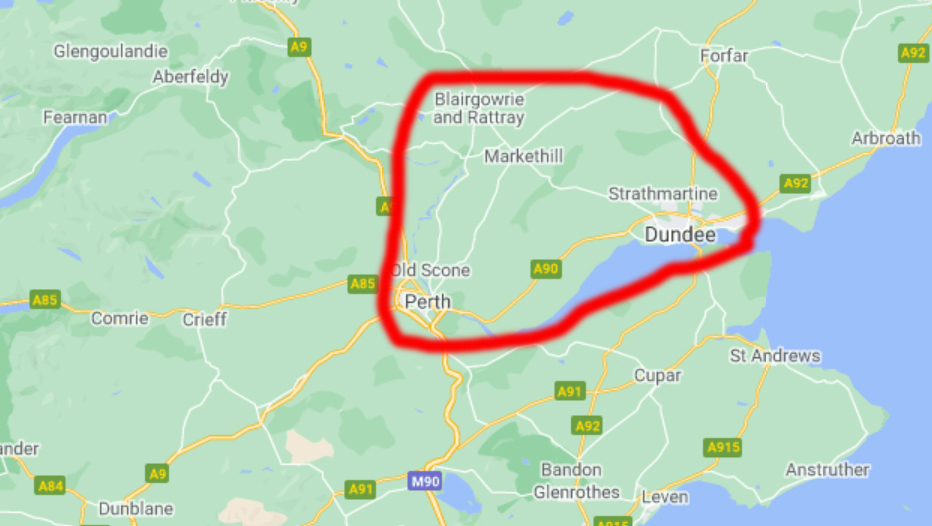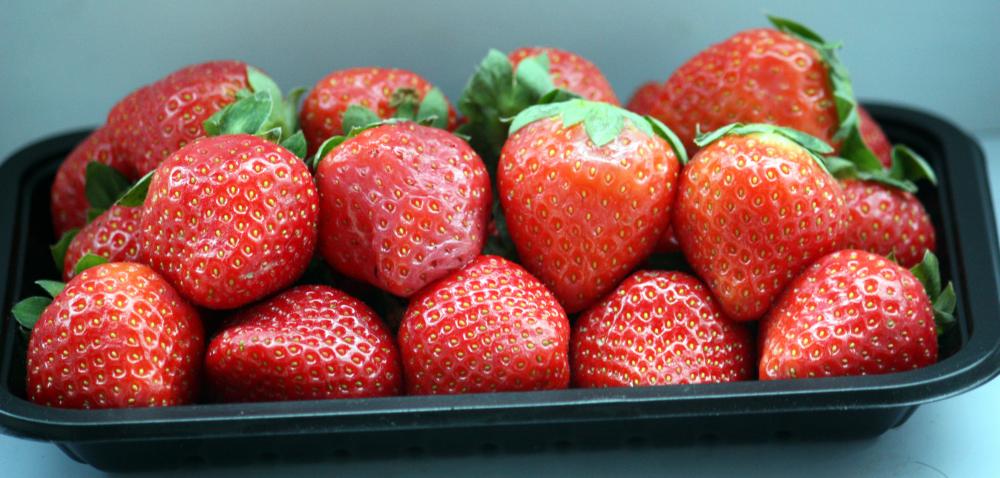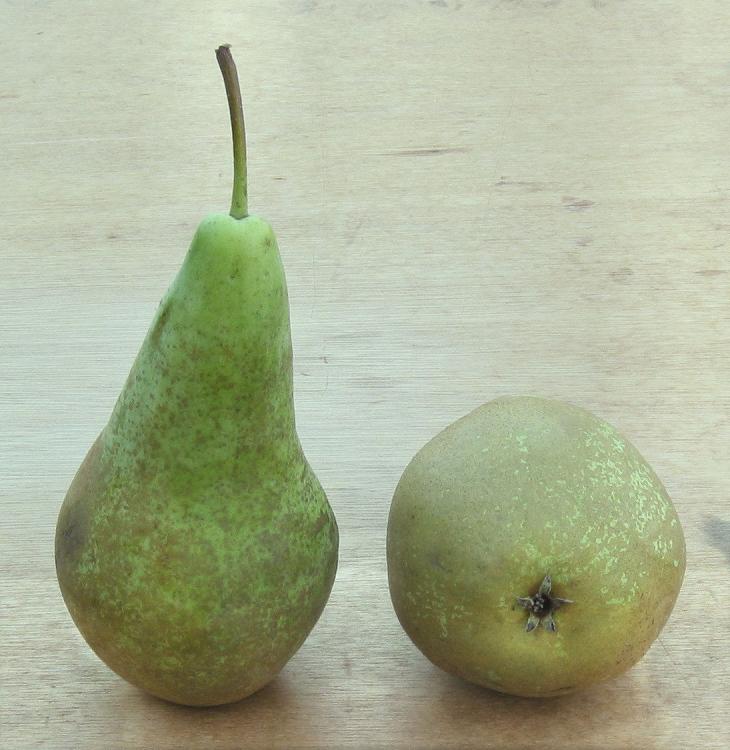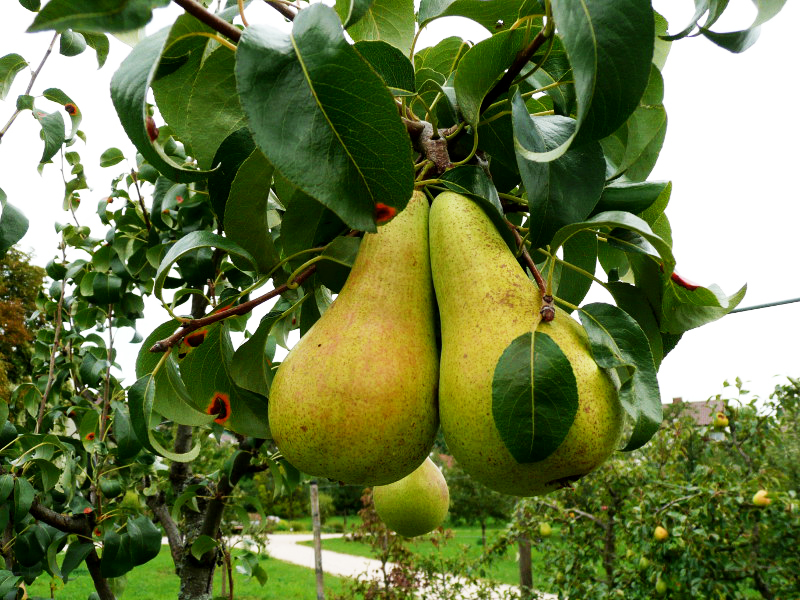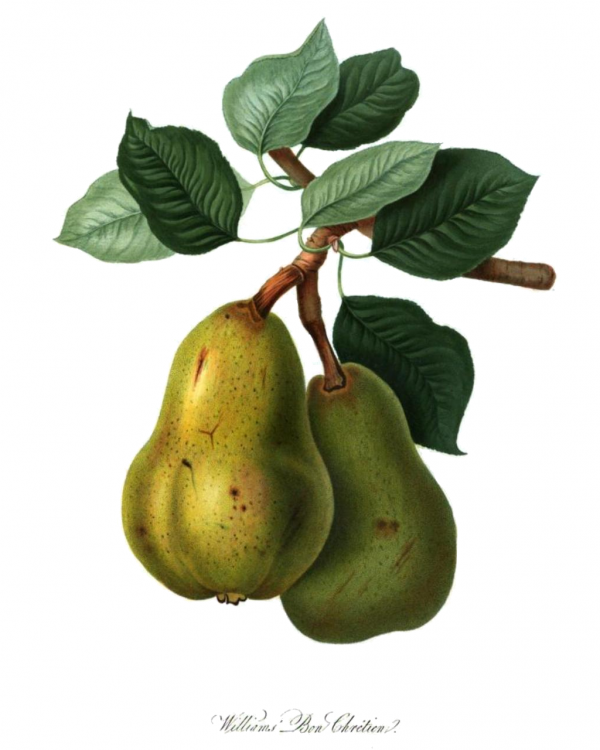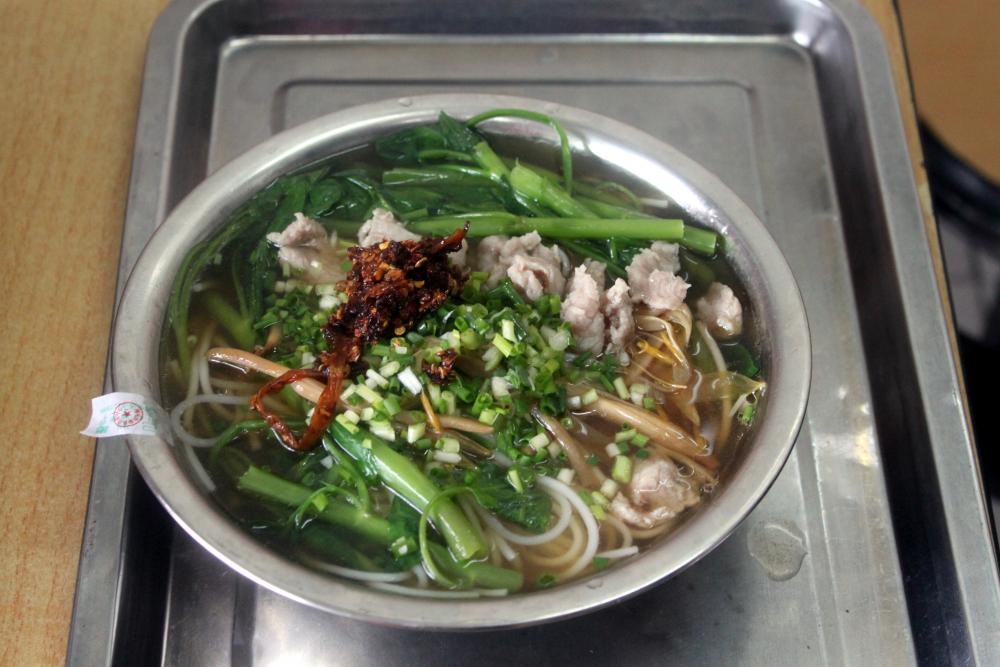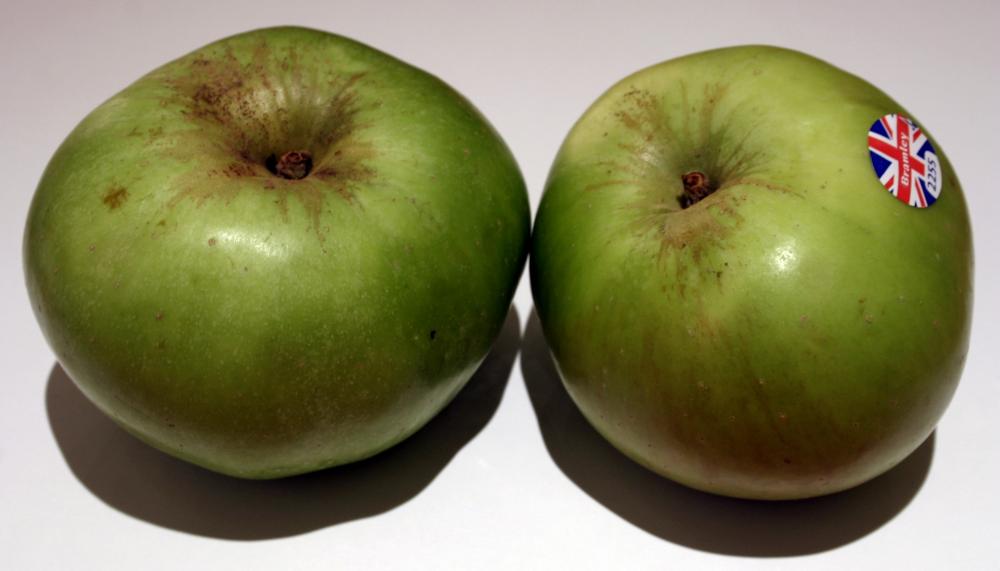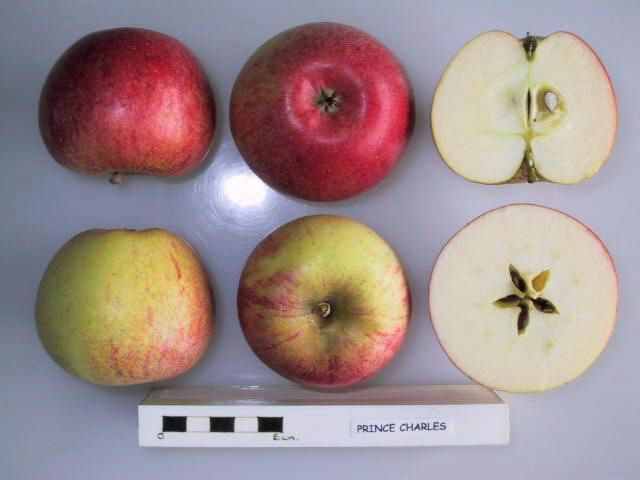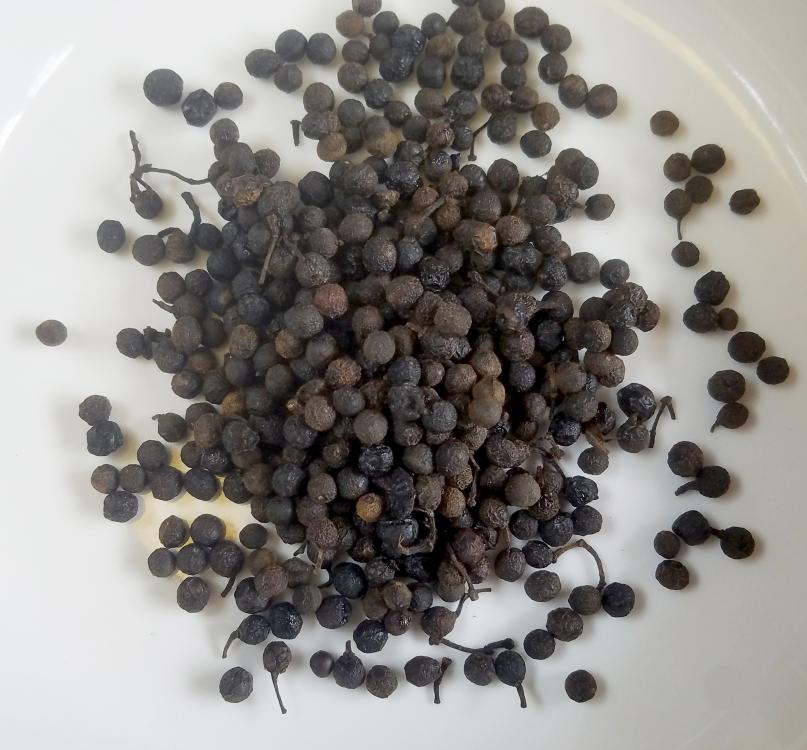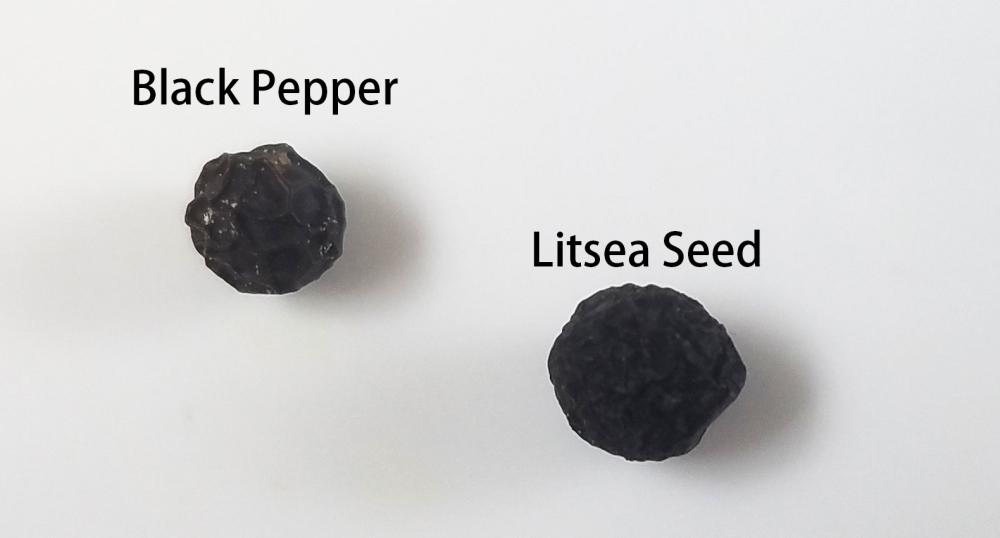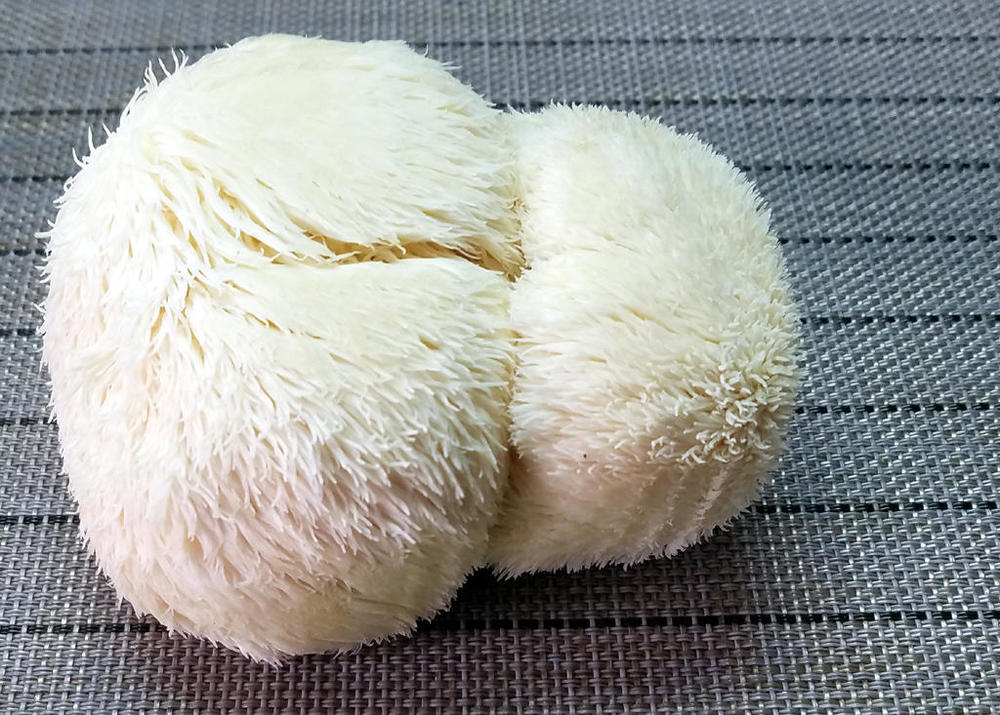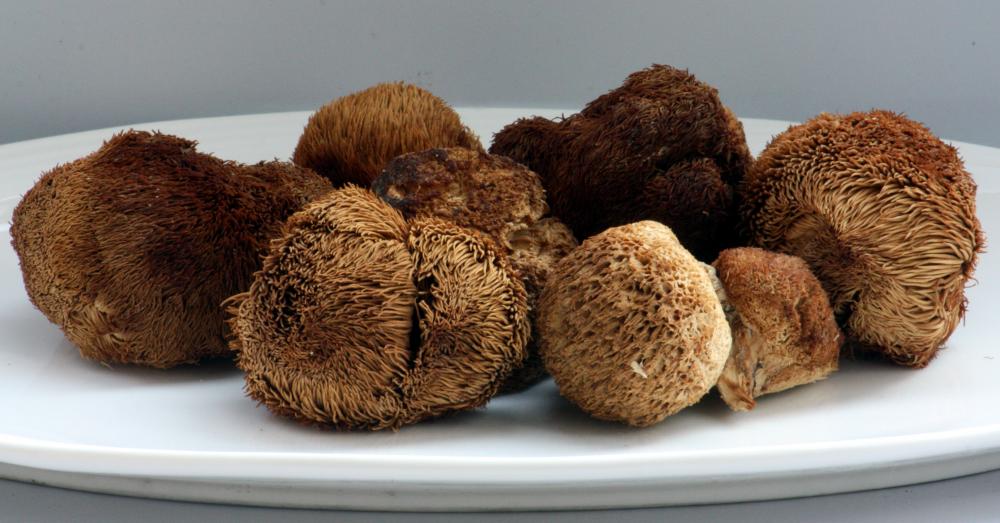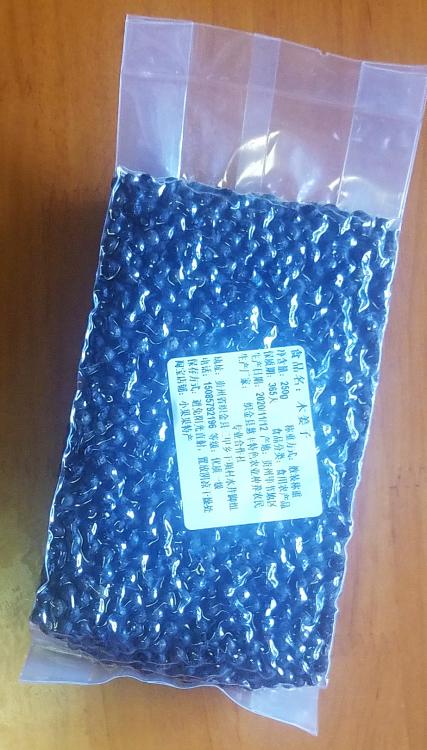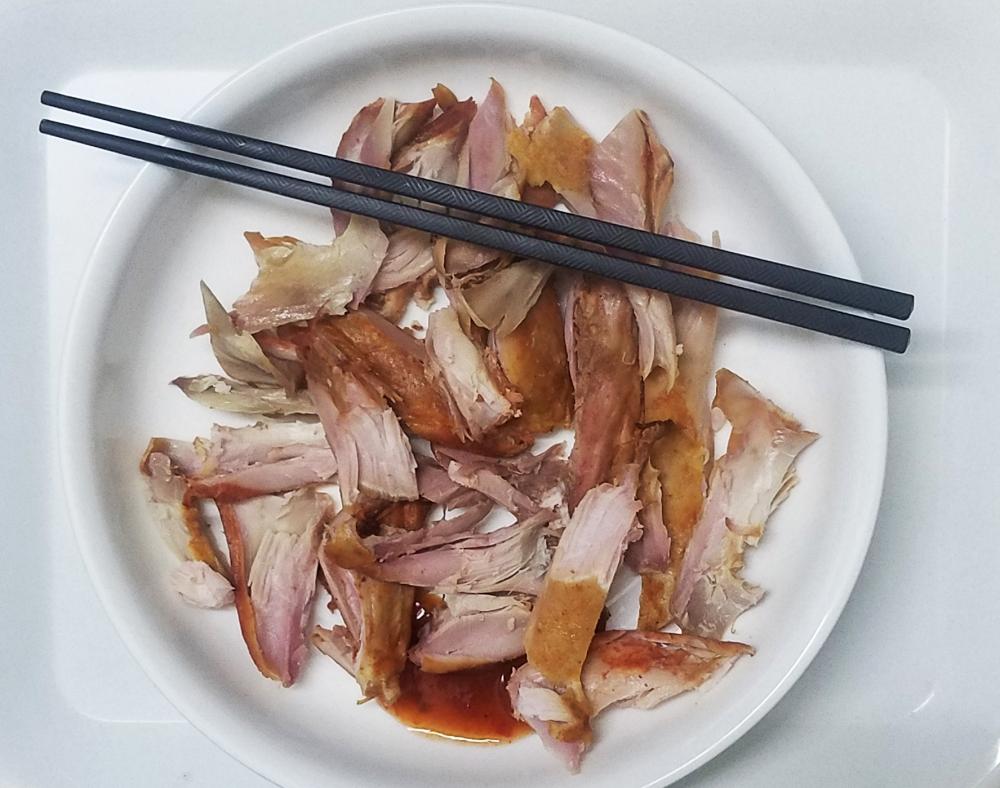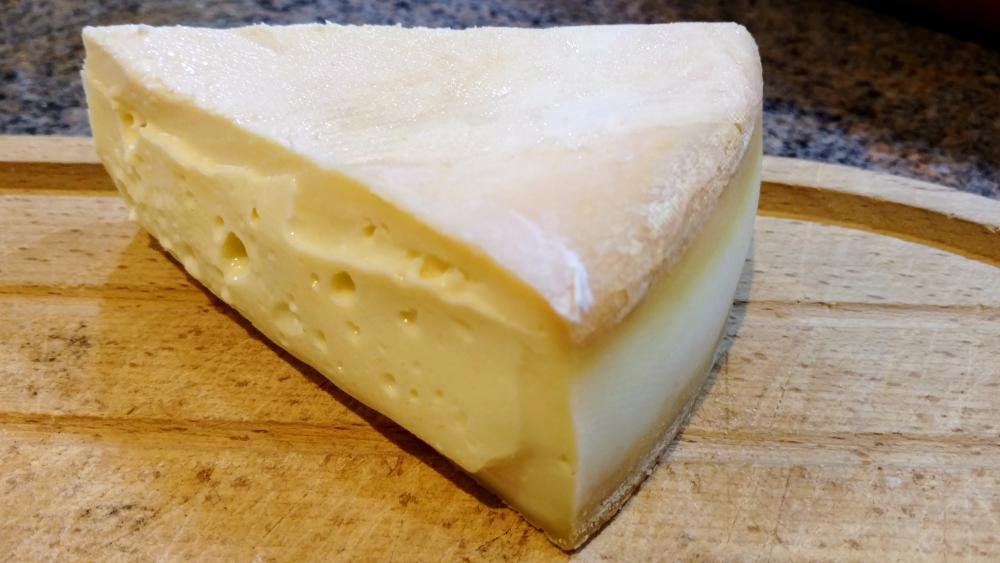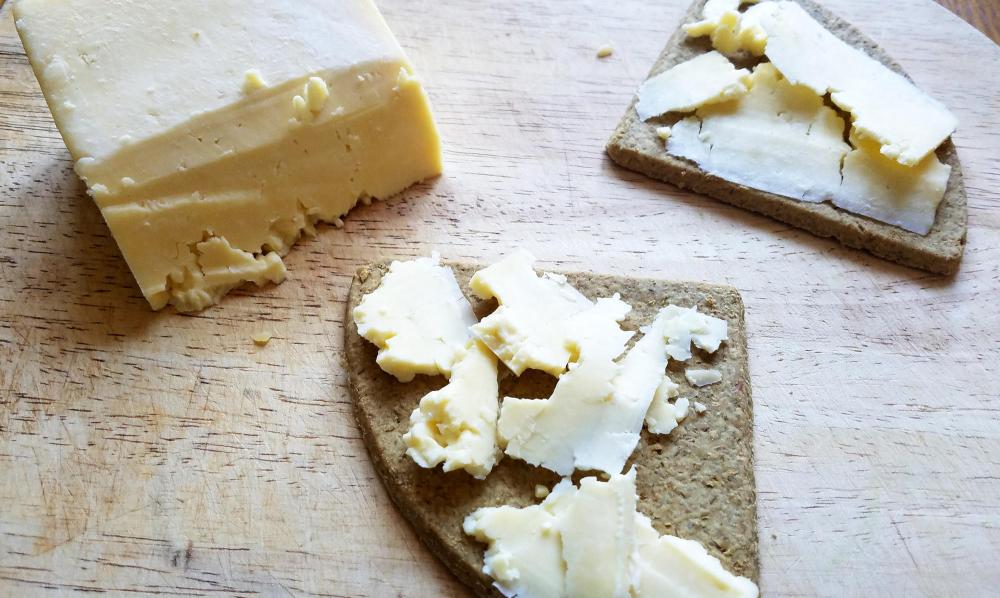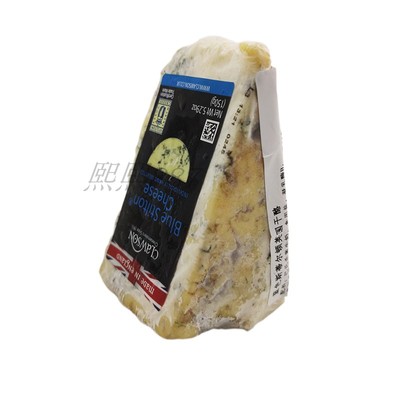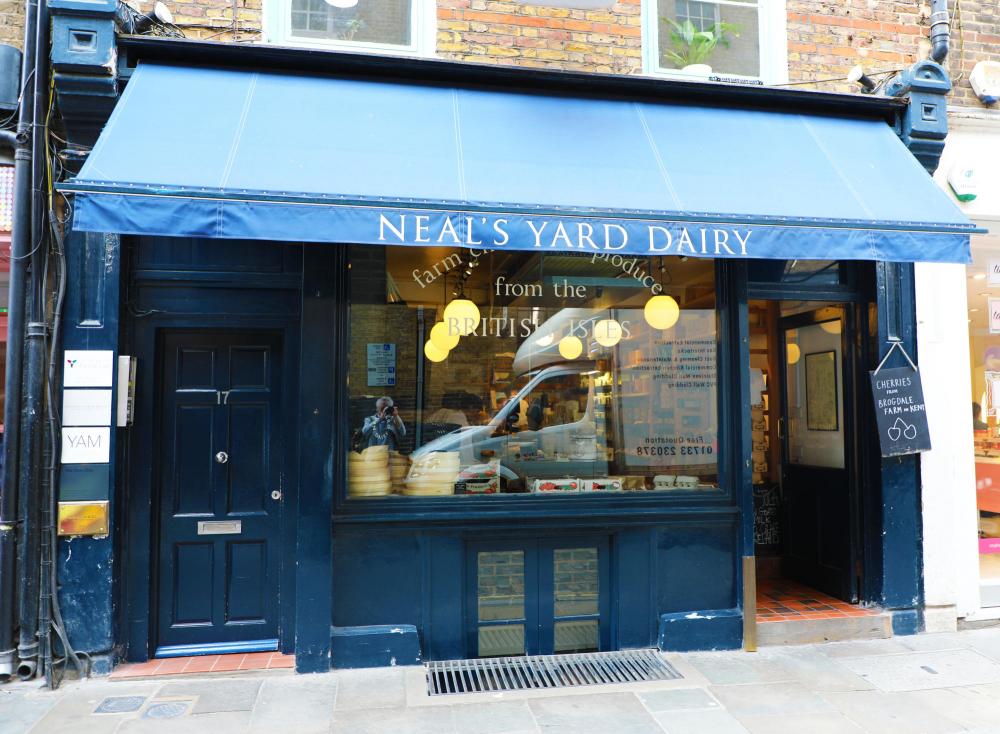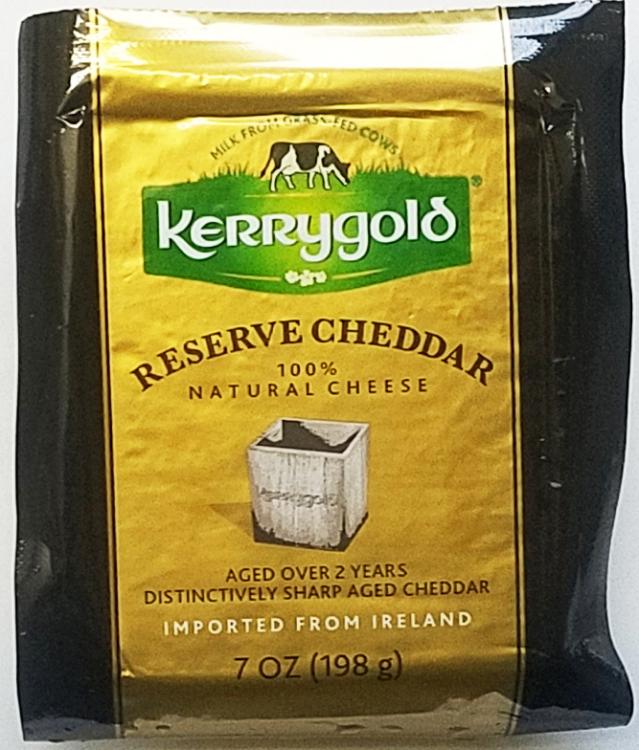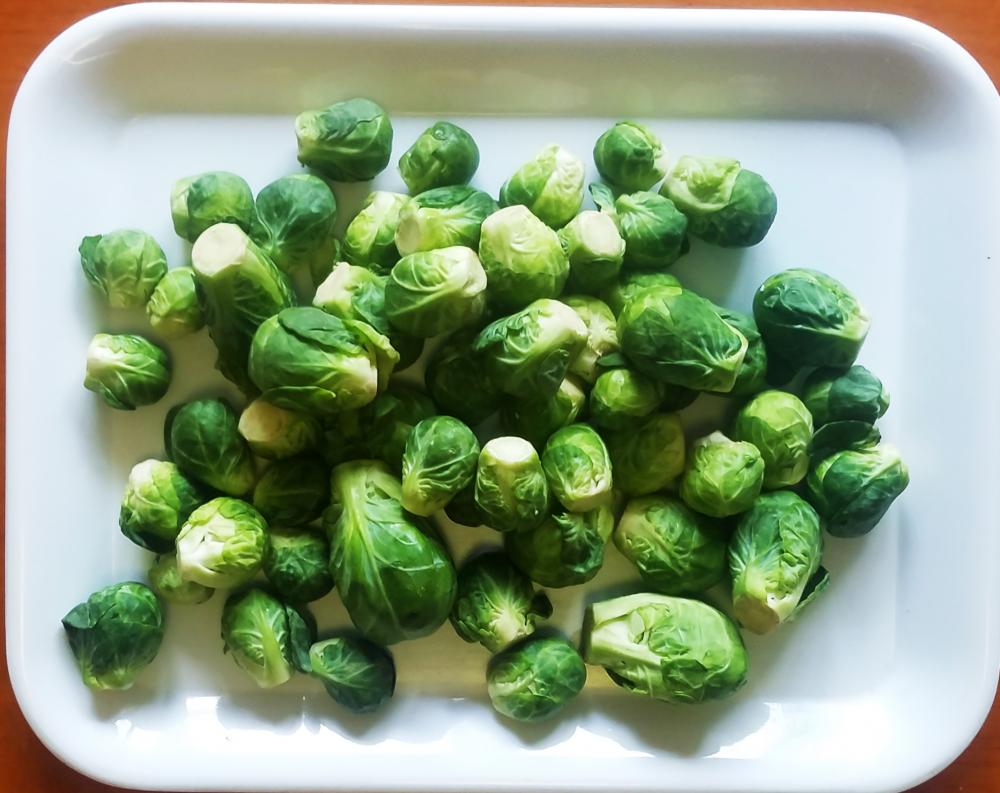-
Posts
16,656 -
Joined
-
Last visited
Content Type
Profiles
Forums
Store
Help Articles
Everything posted by liuzhou
-
He did. See above.
-
2C - Fruit (Part three - the fruit finale) Berry Fruits If you find yourself on Scotland’s east coast, travel north from Edinburgh, crossing one of the three adjacent bridges over the Firth of Forth, pass through Fife (stopping off at at the Michelin-starred Peat Inn near Cupar and St. Andrews (where I was born) for lunch). From there cross the new Tay Bridge over the Firth of Tay into Dundee. You’ve arrived at the eastern most point of Scotland’s fruit heaven. Draw a line from Dundee westwards to Perth along the northern bank of the River Tay, Scotland’s longest, then finish with a loop taking in Blairgowrie to the north and back to Dundee. You’ve just drawn a rough diagram of the best berry fruit growing area on our planet! Here you will find what are undoubtedly the best strawberries you have ever tasted. The sweetest, strawberriest strawberries. I will brook no arguments. If you haven’t tasted them, you don’t know; shut up! And this is not just personal opinion. The idle rich have long been scoffing Scottish strawberries during the tennis at Wimbledon, confident that the trust fund set up by Daddy will cover it. Her Maj, Mrs Queen swears by no others, I’m told. Image by Ivar Leidus; licenced under CC BY-SA 4.0 Scottish raspberries are equally famous and valued. Cranachan is almost Scotland’s national dessert and should be sampled, if you are in the region. This mixture of Scottish raspberries, cream, oats and good whisky is known as “The King of Scottish Deserts”. Why male, I have no idea. I did once try making it here in China. The oats, cream and whisky were perfect. The Driscoll’s raspberries were a disgrace! They know nothing about fruit, that company! But it doesn’t end there. The region also grows top-ranked blueberries, blackberries, gooseberries, cherries, elderberries, blackcurrants, white currants, redcurrants and more. Nor is it Scotland's only fruit growing Mecca. Fife, The Isle of Arran, the Borders area and more are also world class.
-
Smell tests for problems with food are dangerously unreliable. You may be able to detect rancidity by smell, but there are a host of pathogens which have no scent. E. Coli for example.
-
2C - Fruit (Part two) Pears What goes along with apples? Of course, pears. Pears were introduced to Britain by the Romans, soon after Claudius’s invasion of England in 43 AD. De Re Coquinaria, the Roman cookbook believed to date to around the same time contains a recipe for this pear dish The first mention in English is from Ælfric of Eynsham (c. 955 – c. 1010) in around the year 1000. A quote from a Beket in 1191 reads “Applene, & peoren, and notes also.” (Modern English: Apples and pears and nuts also.) Today there are over 500 pear cultivars grown in England mostly in the southern county of Kent, often called “The Garden of England”. As with apples, some of these are grown on an industrial scale; others in very small orchards. Here are the most popular varieties: Conference Pears I have to put this one first – it was my mother’s favourite. Image by Rasbak; licenced under CC BY-SA 3.0 Conference pears were developed in Sawbridgeworth, Hertfordshire, England, by Thomas Francis Rivers (1798–1877), a well known nurseryman, who more specialised in roses. After Rivers’ death, the cultivar won 1st prize in the 1885 National British Pear Conference in London, hence the name. They are sweet and usually eaten as a table pear. Concorde pears Image by Manfred.Sause; licenced under CC BY-SA 3.0 Concorde pears are a cross of the English Conference pear and the French Comice pear the East Malling Research Station in Kent in the 1960s. They were only made available commercially in 1994. They have the crispness of the conference sweetness of the comice pears. Williams pears Public Domain Image from 1882 These are what are known in North America as ‘Bartlett pears’. Believed to have been developed between 1765 – 1770 by a schoolmaster, John Stair in his garden inn Aldermaston, Berkshire, England. The variety was later acquired by a nursery man named Williams who is responsible for the original name. A few years later the variety was imported to the USA and planted in an estate in Massachusetts. The land there (and the pears) ended up in the hands of Enoch Bartlett who, unaware of their origins, named them after himself. Most Williams / Bartlett pears are used in canning and other cooked preparations.
-
Maybe, but my eggs are from such ducks. They are totally free-range (I've met them). They eat plenty of grubs and are otherwise only fed natural, organic grains (also grown by my egg supplier). I'm sure there must be more to it than just that.
-
I buy duck eggs by default; chicken eggs rarely. I can't say I've ever noticed any textural difference between yolks. The yolks are more richly flavoured, yes. Maybe diet? Maybe breed of duck? I don't know.
-
Walnuts are often used instead of pine nuts in mass produced pesto sold in supermarkets. The cheaper option for the manufacturers. Always check the ingredients list when buying industrial pesto. Even better, don't buy it!
-
Dinner tonight didn't really happen. I was cooking and stuck some chicken legs in my slow cooker (with a few other ingredients, of course) and wandered off to let it do its thing, while I did mine. When I went back to the kitchen to check on it, the light bulb had failed. It was night. I need a miner's helmet. Now, I'm the sort of person, who never buys one of things like lightbulbs. I always have spares. But I've moved home recently and haven't got round to lightbulb stocking up. The local lightbulb shopping street* is about 5 minutes away, but it was too late. Nowhere else sells them. No light until tomorrow. Well, I could have moved the slow cooker to another room. In fact I did. It's still bubbling away slowly. But I had other things to prepare and cook that I can only do in the kitchen. I went out for a bowl of noodles in my local noodle-eria instead of my more adventurous, planned meal! These are 鲜肉粉 (xiān ròu fěn), which rather boringly translates as either 'fresh pork rice noodles' or 'delicious pork rice noodles' or both. They were good, but not what I'd been looking forward to all day. Still, the chicken won't suffer from a night in the fridge. It'll probably be all the better for it. Luckily my fridge-freezers are not in the kitchen (long story) and one contains a frozen baguette and cheese, so if I get hungry again later ... * For some reason, shops selling the same things gather in packs here. We have lightbulb alley, computer accessory street, cigarette boulevard, shoe avenue etc. Light bulb alley is my nearest such street.
-
2C - Fruit (Part one) Certain types of British fruit are widely recognised as being among the best. Here are some of the main examples. Apples What could be more English? There is Newton (1643 – 1727), sitting under a tree in his mother’s orchard, contemplating his navel, when an apple drops from the tree leading him to formulate his theory of gravity, upon which all modern physics and astrophysics is based. The story is probably apocryphal but the tree is still standing in Woolsthorpe Manor, the Newton family home near Grantham, England. I’ve been there and seen the tree. Seeds from the tree have travelled into space aboard the International Space Station, returned, sprouted and been replanted. More seeds are housed in the Millennium Seed Bank, the UK’s largest, which contains an underground collection of over 2.4 billion seeds from around the world. Apples are very important to England, in particular. Of the world’s roughly 7,000 apple varieties, 2,500 are found in England, of which many cultivars were first developed in the UK. Sadly, as we know, the supermarkets select their fruit for everything but flavour – price, perceived ‘attractiveness’, keeping power, high yield, uniformity etc. So, many of these apples are only to be found in specialist shops and farmers’ markets. Also, some have very low yields making them rare even there. That said, in recent years, there has been a renewed interest in restoring and preserving this rich heritage. Prince Charles has entered the fray by growing 1,000 varieties on his farm at Highgrove, his country residence. There is a Prince Charles Apple, but it probably has has nothing to do with him; it was bred before he was born. Maybe he was named after the apple! Probably the most popular English apple is Cox’s Orange Pippin. This variety arose from a (probably accidental) seedling found in 1830, buy Richard Cox, a retired brewer and horticulturist. Today, it accounts for over 50% of the planted acreage of apples in the UK, but due to its need for a relatively cool maritime climate and its susceptibility to various diseases is rarely grown elsewhere. They are best eaten as fresh as possible, preferably from your own tree at the bottom of the garden. Cox's Orange Pippin - Image by Andreas Rother - licensed under CC BY-SA 2.5 Cox’s apples have been cross-bred with many other varieties to produce new cultivars. There is a list here. Bramley apples are almost inedible as they are extremely sour, but cook down to a beautiful golden fluffy textured filling for pies, crumbles, tarts apple sauces etc. Bramley Apples - Image by Marcin Floryan, licensed under CC BY-SA 2.5, The first Bramley tree grew when, in 1809, a young girl, Mary Ann Brailsford planted some pips in the family garden in Southwell, Nottinghamshire, England. There is no evidence either way whether she ever saw the apples that her pips produced. She died relatively young and certainly never knew her apples were to become famous. So why aren’t they called Brailsford apples? Well, the family home and garden (including the tree) where she planted them was sold in 1846. The buyer was a local butcher, Matthew Bramley. Ten years later, a local nurseryman, Henry Merryweather asked for permission to take cuttings from the tree and start to sell the fruit. Bramley only agreed on condition that the apples bore his name. Now that is appropriation! The original tree is still standing, despite being felled by a storm in 1900, and the house, garden and tree have been bought by Nottingham Trent University to preserve them. It can be visited by prior appointment. I've never seen that one. to be continued
-
-
Yes, but Stilton is definitely not maggoty (unless something has gone seriously wrong). Despite my normal willingness to try most things, including various grubs, casu martzu is not on my shopping list. I don't think it is very common even in Sardinia. I never saw it on any of my trips there.
-
With fresh "Lion's Mane" mushrooms (the Chinese name, 猴头菇 (hóu tóu gū) means 'monkey head mushroom'), for breakfast, I like to slice the larger ones and fry the slices, then poach an egg and place it top of the slices. Sort of like poached egg on toast, but the "bread" being the mushrooms. It only works with fresh 'shrooms which regretably have a short season (in autumn) round these parts. The dried ones are available everywhere, all year round. They are one of those mushrooms which I feel are as good dried as fresh, but in different ways. Shiitake are the same. In fact, I sometimes use both fresh and dried in the same dish. It's like having two different mushrooms, equally delicious. In fact, with the lion's mane, the dried and fresh versions even look very different. Fresh Dried
-
Ah. Traditional mushy peas as served in English fish and chip places use 'marrowfat peas'. I guessed they are not generally available in Gemany, so I wondered. Never seen cream in mushy peas, either. But hey, German mushy peas! I'd give them a try!
-
Yes. I hate corn in all its incarnations. Fortunately round here, potato starch is normally used rather than corn starch for thickening. I can taste the difference and almost throw up if corn starch has been used. I've never eaten Mexican food largely for this very reason.
-
... and here are the dried litsea seeds. As you can see, the green seeds turn black when dried. I resealed the packaged after using some today. I'll re-open them tomorrow and add a clearer image.
-
I was invited to lunch today in a friend's home and accepted on condition that I could bring one dish. This she knew I would do. It's a kind of game we play. I checked with her what she was serving, to avoid any clash and ended up making this starter with Sichuan notes. It is hand torn rabbit. The bunny was rubbed with ground Sichuan peppercorns and ground litsea seeds, then pan roasted. Served cold with litsea oil and a chilli dip. There were no leftovers, so I suppose it was a success.
-
Well, obviously someone n Shanghai is trying. That's where I found 'em! They'll have to work on their logistics, though to be successful. Two to three days for delivery anywhere in China is teh norm. Not 8 days. Just last week I ordered something online at 10 pm (approx). It was in my hands by 2 pm the next day. And it came about the same distance as those sprouts.
-
They tried. They failed. I wouldn't go looking for mushy peas, but if they turn up I'll eat them. I'll eat almost anything and having lived and travelled in many countries I've eaten a lot of anything. But I'll no doubt have "He who hated c@rn engraved on my tombstone!" Rest in Peas!
-
No. But there were very good reasons for that, which I'm getting to.
-
2B - Cheeses According to the British Cheese Board, a trade body formed to promote British cheeses, the country has around 700 named cheeses, some made in huge quantities in factories; the majority made in very small quantities by hand, in farms and dairies. This compares to France and Italy with around 400 each. These 700 include some world famous cheeses. Obviously, I’m not going to list all 700, but here is a small selection, all of which I have tasted. Blue Cheeses Stilton is probably the best known British blue cheese. This takes its name from the village in what is now Cambridgeshire, England where the cheese has long been sold. The village lies on one of the main routes north from London and villagers sold the cheese to passing travellers. Still do. Daniel Defoe, author of Robinson Crusoe mentions the village and the cheese in his 1724 book A tour thro' the whole island of Great Britain. There were probably no maggots. He is more likely referring to the blue veins. The cheese has a PDO (Protected Designation of Origin) status within the European Union (still) which requires that it can only be made in the counties of Derbyshire, Leicestershire and Nottinghamshire. You will note that this does not include Stilton itself, but it was probably never made there anyway. Stilton is also produced in a soft white version.. Blue Stilton is exported and is even sold in France, where it has recently become a fashion. I have bought it in China, a country which supposedly doesn’t do dairy. Stilton in China Other blue cheeses include Dorset Blue Vinney (also PDO) made in Sturminster Newton in Dorset. This is a hard, crumbly cheese with a distinct, strong flavour. Dovedale (PDO) is a full-fat cow’s milk semi-soft cheese made from cow's milk and is from the Peak District. Stilton is made from pasteurised milk, but there is a Stilton-like cheese known as Stichelton which uses non-pasteurised milk and no factory-produced rennet. Not to be left out, Scotland throws its hat into the blue cheese ring with Dunlop cheese and Lanark Blue. Hard and Semi-Hard Non-Blue Cheeses Here is where we find the world’s most popular cheese, Cheddar. Originally produced in guess where – Cheddar, a village in Somerset, England, the cheese has no protected status so can be made anywhere. I buy cheddar cheese made in Shanghai or in Inner Mongolia. I can also buy imported Australian, New Zealand and Irish cheddars. In fact "cheddaring" is a technique used in the production of the cheese and there are many varieties. “West Country Farmhouse Cheddar” does have PDO status and can only be made in Somerset, Dorset, Devon and Cornwall from local milk and made by traditional methods. It is delicious. Sadly many so-called cheeses are sold under the cheddar name, while bearing no resemblance to the real thing. That travesty, American cheese, is often sold labelled as cheddar. It is certainly the most popular cheese in many countries. Only mozzarella outsells cheddar in the USA. (Did someone mention cultural appropriation?) Other British hard cheeses include Caerphilly, a cow’s milk cheese from Wales; Cheshire Cheese; Lancashire, which comes in three varieties; Double Gloucester; Sage Derby which is coloured green with sage, which also gives it a mild herbal flavour; Red Windsor, flavoured and coloured with Bordeaux wine or a mixture of port and brandy; the very popular Red Leicester which, in Britain, is Cheddar’s nearest rival; and Wallace and Gromit’s favourite, Wensleydale. Wensleydale Cheese with Oatcakes Soft and Semi-Soft Cheeses Perhaps the most famous of the British semi-soft cheeses is the relative newcomer, Stinking Bishop. This is a cow’s milk cheese which, as it matures, is washed every four weeks in perry, an alcoholic drink similar to cider, made from the Stinking Bishop variety of pear. Many people think the name refers to the smell of the cheese, but although the cheese does have a distinctive smell, few people, if any, would describe it as ‘stinking’. Instead the name comes from a local bishop and landowner who had a stinking temper. The cheese was first made in the 1970s. I first tasted it in 2019. Stinking Bishop As a handmade artisan cheese, this is only produced in small quantities and is not sold in supermarkets, but only specialist cheese shops and delis, although London’s world-famous Harrods does stock it. Scotland’s second oldest cheese is Caboc, an oatmeal-wrapped cream cheese with an interesting story. It was developed in the 15th century by Mariota de Ile, the daughter of the chieftain of the Clan MacDonald. The recipe has remained a secret to this day. The oldest is Crowdie, a soft fresh cheese which was influenced by methods learned from the Vikings, who invaded Britain in 793 AD. There is evidence that it may in fact date back further to the Picts in the early Middle Ages. Much later, the crowdie makers also took to making a variety flavoured with wild garlic, after a bunch of cows accidentally wandered into a field of wild garlic, accidentally flavouring their milk. Traditionally the cheese was made by crofters and small land-holders, using the milk from the family cow. Unfortunately, the name is unprotected and a number of industrial cheesemakers are now producing their variety which has very little in common with the original. A few traditional makers still exist, but they are a dying breed. Efforts are being made to revive the cheese. One more to mentions is the delightfully named Renegade Monk , a soft blue cheese made in England by only one farm in Somerset, England. It won first prize in the 2020 Best British Cheese awards ceremony, held virtually due to COVID restrictions. This is obviously a ridiculously small sample, but hopefully it gives an insight into the wide variety of cheeses on offer. Visitors to London (when it's allowed) can do no better than visit the legendary Neal's Yard Dairy in Covent Garden, which only sells British cheeses in perfect condition.
-
The trip from Shanghai to Liuzhou took 31 hours, 44 minutes and 13 seconds, according to the tracking - not unreasonable, I suppose. The package then hopped around Liuzhou for the next 3 hours, 44 minutes and 8 seconds before finally being dispatched from the nearest depot to me (in the next street to my home). 54 minutes later it was in my hands! As predicted, they were wrapped in a styrofoam insolating box with an ice pack (which had almost completely melted). They are in perfect condition and will appear on the dinner thread tonight, all being well! I'll probably post them here, too!
- 20 replies
-
- 13
-

-
I think the cab driver was pulling your leg. The expression 'bangers and mash' is well known in Britain, although seldom used other than jokingly. I've neve heard it being used to refer to a prostitute, nor is that meaning listed in any of my many dictionaries. The origin of the phrase also seems to be Australian, but it's unclear. The earliest appearance in writing is in an Australian dictionary of slang called Digger Dialects, in 1919.



.thumb.jpg.3c66b18305f06fe0a63868f739f282c9.jpg)
